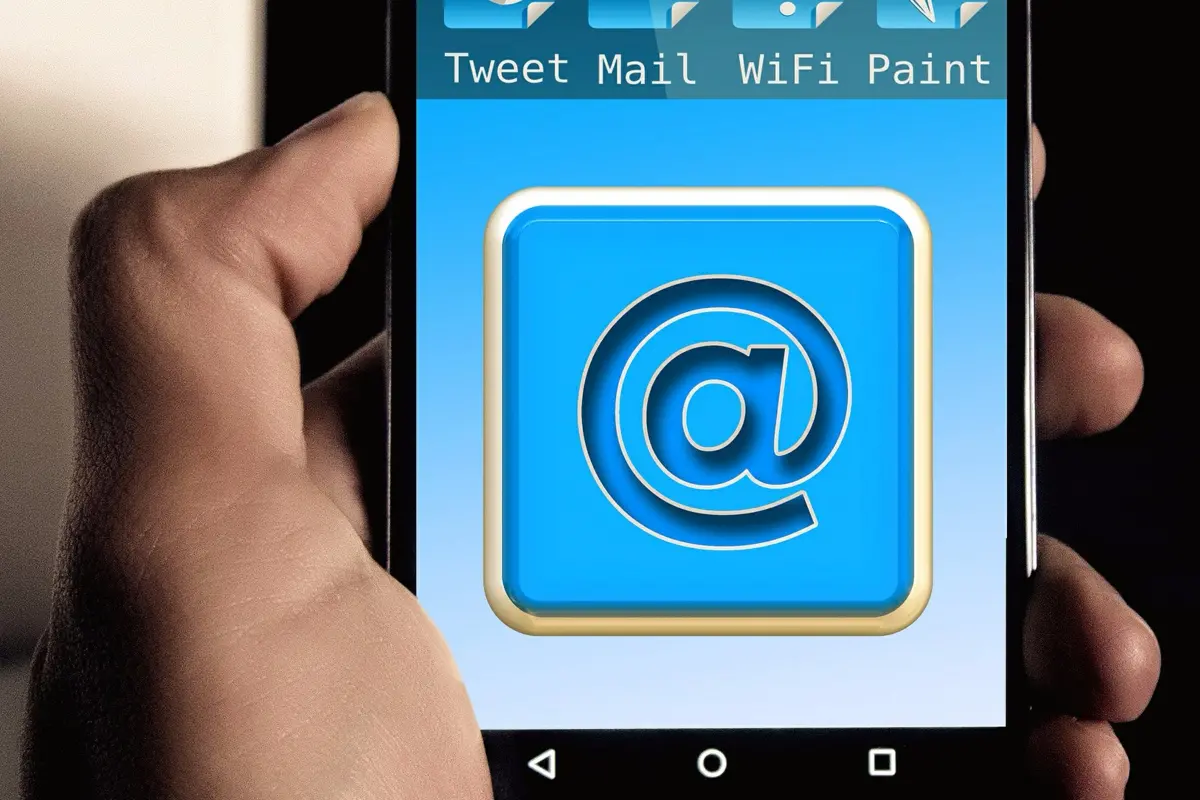In the digital landscape, where social media and various online platforms dominate, email marketing remains a steadfast and highly effective method for small businesses to connect with their audience.
It provides a direct line of communication and enables businesses to nurture relationships, drive engagement, and ultimately, boost their bottom line.
In this article, we will explore why email marketing is essential for small businesses and provide a step-by-step strategy to create a lead magnet that attracts quality prospects and converts them into paying customers.
Building an Email List: Why It Matters
Developing an email list is a vital asset for small businesses. It allows them to establish a direct line of communication with their target audience, bypassing the noise and distractions that often come with other marketing channels. Here are some key reasons why small businesses should focus on building an email list:
- Ownership and Control: Unlike social media platforms or search engines, where algorithms and policies can change at any time, an email list gives small businesses full ownership and control over their communication channels. They can directly reach their subscribers without worrying about third-party limitations.
- Personalized and Targeted Communication: Email marketing enables small businesses to personalize their messaging and target specific segments of their audience. By understanding subscriber preferences and behaviors, businesses can deliver tailored content, offers, and promotions, increasing the chances of conversion.
- High Return on Investment (ROI): Email marketing consistently delivers a high ROI. According to the Data & Marketing Association, every dollar spent on email marketing generates an average return of $42, making it one of the most cost-effective marketing methods for small businesses.
- Wide Reach and Engagement: Despite the popularity of social media and other online platforms, email still holds its ground as the most widely used method of communication. Statista reports that there were 4.03 billion email users worldwide in 2021, and this number is projected to grow to 4.48 billion by 2024. Additionally, a study by Campaign Monitor found that the average open rate for emails across industries is around 17.8%, far surpassing the organic reach of social media posts.
Creating a Lead Magnet: A Step-by-Step Strategy
To effectively leverage email marketing, small businesses need to entice website visitors to join their email list by offering a valuable lead magnet.
A lead magnet is a free resource or incentive that addresses a specific problem or provides valuable information to prospects. Here’s a step-by-step strategy to create a lead magnet that attracts quality prospects and converts them into paying customers:
1. Identify Your Target Audience and Their Pain Points
Before creating a lead magnet, it’s crucial to understand your target audience and the challenges they face. Conduct market research, engage with your audience through surveys or social media, and identify their pain points and needs. This knowledge will help you create a lead magnet that resonates with your audience.
2. Choose the Right Type of Lead Magnet
Select a lead magnet format that aligns with your target audience’s preferences and provides immediate value. It could be an e-book, checklist, template, video tutorial, case study, or a free consultation. Make sure the lead magnet is actionable, easy to consume, and addresses a specific problem.
3. Create High-Quality Content
Invest time and effort into creating high-quality content for your lead magnet. It should showcase your expertise, provide practical solutions, and leave a lasting impression on your audience. Use professional design and formatting to enhance its visual appeal and professionalism.
4. Implement an Opt-In Form on Your Website
Place an opt-in form prominently on your website to capture visitor email addresses. Keep the form simple, asking for minimal information like name and email address. Clearly communicate the value they will receive by subscribing to your email list.
5. Automate the Delivery Process
Set up an automated email sequence that delivers the lead magnet immediately after a visitor subscribes. Use an email marketing platform that allows you to automate this process and welcome new subscribers warmly.
6. Nurture the Relationship through Email Campaigns
Once subscribers are on your email list, nurture the relationship by sending regular, valuable content. Provide insights, tips, exclusive offers, and updates to keep them engaged and interested in your business. Use segmentation to tailor your emails based on subscriber preferences and behaviors.
7. Convert Subscribers into Paying Customers
As your relationship with subscribers grows, strategically incorporate promotional emails to convert them into paying customers. Offer exclusive discounts, limited-time offers, or upsell opportunities that align with their interests and needs. Continually analyze and optimize your email campaigns for better results.
By following this step-by-step strategy, small businesses can create a lead magnet that attracts quality prospects, builds their email list, and converts subscribers into paying customers.
In conclusion, email marketing remains an invaluable tool for small businesses. By building an email list, businesses can establish a direct line of communication, personalize their messaging, and achieve a high ROI.
Through a well-executed lead magnet strategy, small businesses can attract quality prospects, nurture relationships, and ultimately drive their business growth forward.


